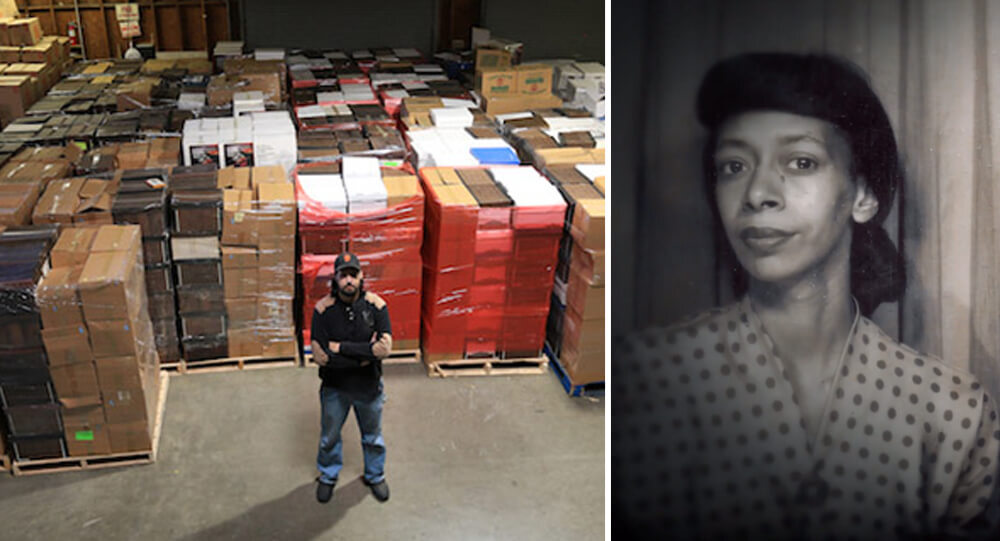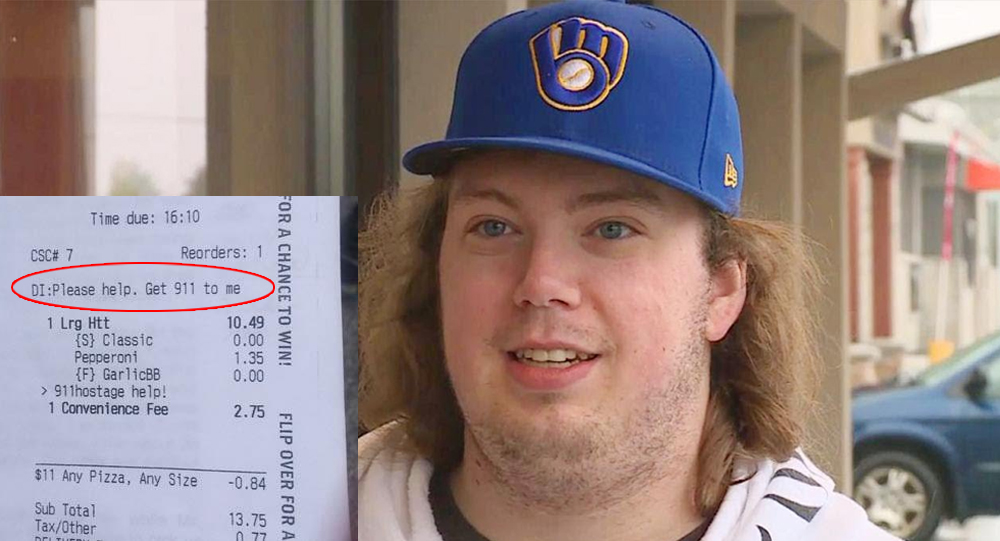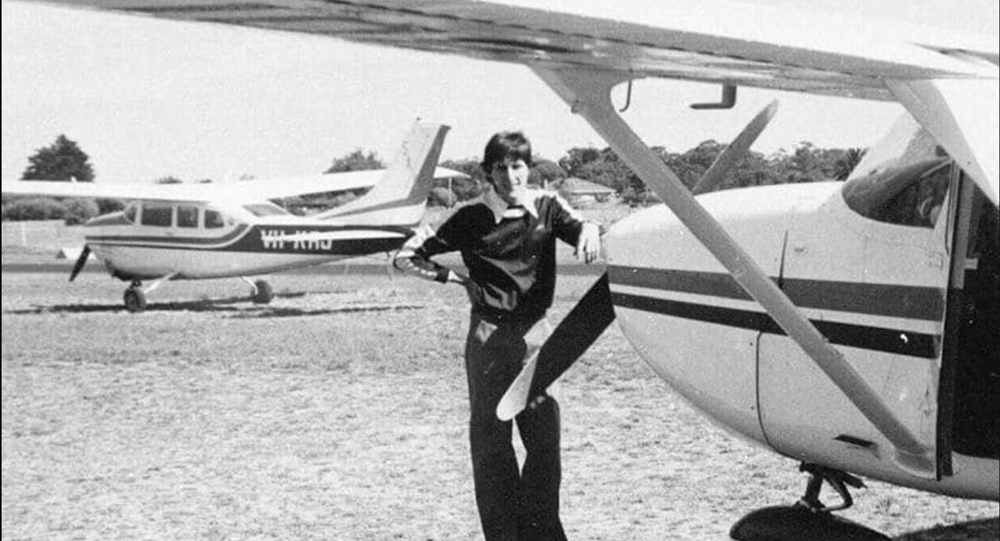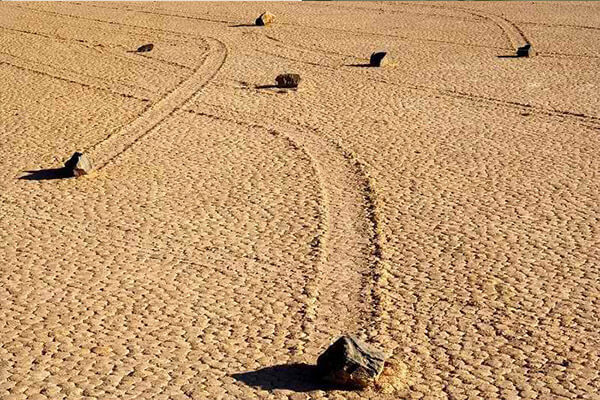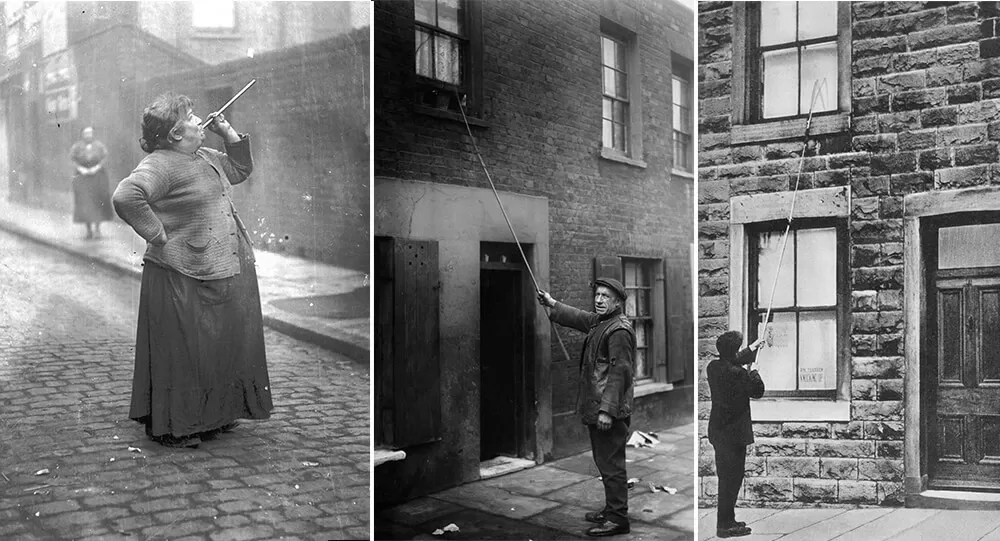Marion Stokes produced television in addition to being an activist for Black social justice. As per Stokes’s profile in Atlas Obscura, her archival project commenced in 1975 when she bought a Betamax magnetic videotape recorder. She started full-time recording on multiple VCRs in 1980, starting with two or three and eventually up to eight.
The Philadelphia Inquirer stated that she started sporadically taping television shows in 1976, despite the claims of many that she started recording in 1975. But her taping became constant at the start of the Iran hostage crisis in 1979 when “she hit record and she never stopped,” according to her son Michael Metelits, who gave multiple interviews to the Inquirer. She was also strengthened by the establishment of CNN in 1980, which brought in an era of round-the-clock news coverage, with reporters following every move of a story in real time.
Recorder: The Marion Stokes Project, a 2019 documentary, states that she recorded for nine news stations up until her death in 2012.
Before “fake news” Marion was fighting to protect the truth by archiving everything that was said and shown on television. The public didn’t know it, but the networks were disposing their archives for decades into the trashcan of history. Remarkably Marion saved it, and now the Internet Archive will digitize her tapes and we’ll be able to search them online for free.
This is a mystery in the form of a time capsule. It’s about a radical Communist activist, who became a fabulously wealthy recluse archivist. Her work was crazy but it was also genius, and she would pay a profound price for dedicating her life to this visionary and maddening project.
Early in2013, rumors circulated that she possessed about 140,000 VHS tapes with news footage of political scandals, revolutions, and other events. The Internet Archive later updated this figure to 40,000 after starting to receive tape containers from Stokes’ family. Her son gave the tapes to the nonprofit organization, which is well-known for its extensive online archive. They intended to digitize all of the material and make it publicly accessible.
An update to a Fast Company report on the digitization process appeared in Poynter in 2014: “And no, as Fast Company and Poynter stated back in November, there aren’t 140,000 VHS tapes. Merely forty thousand. The relatives exaggerated.
Additionally, the Internet Archive updated Fast Company:
The Internet Archive received four shipping containers of Stokes’ tapes in December. After conducting a sample inventory, it realized that the family’s initial estimate of the number of tapes was incorrect. The collection is about 40,000 tapes large. “I think it’s daunting when confronted with many storage containers, 20- or 30-feet deep, to figure it out,” Macdonald says about why the mistake was made.
Between 1980 and 2012, Marion Stokes recorded every minute of US television on 71,000 VHS tapes. She had to buy nine apartments to store them.
— Quite Interesting (@qikipedia) May 13, 2021
Today, the tapes can be found in the Internet Archive’s vast collection in the following links:
Between 1980 and 2012, Marion Stokes recorded every minute of US television on 71,000 VHS tapes. She had to buy nine apartments to store them.
— Quite Interesting (@qikipedia) May 13, 2021
Roger MacDonald, the creator of the TV News Archive at the Internet Archive, spoke with us and provided us with additional current details about Stokes’ collection:
Our current best count of video cassettes in the Marion Stokes TV Archive is 71,716. Although each has notations on the spine indicating programs recorded and dates, we have not counted the number of programs, nor their durations.[…]We are looking forward to the time when we have sufficient funds to really making a dent in digitizing the vast collection and making it available online in our library.
Stokes’ archive is undoubtedly not the biggest of its kind worldwide. With “the world’s most extensive and complete archive of television news” and having “been recording, preserving and providing access to television news broadcasts of the national networks since August 5, 1968,” Vanderbilt University may hold that distinction.
Related Topic You Might Find Interesting:
- Story of Forrest Fenn and who he hid a bronze chest treasure full of gold and other jewels
- Jack the Baboon operated a railroad, earned a living, and never made a mistake
The Dartmouth Media Ecology Project lists UCLA’s Film and Television Archive as “the second largest moving image archive in the United States after the Library of Congress, and the world’s largest university-based media archive.” UCLA asserts that it has “the largest university-held collection of motion pictures and broadcast programming.”
According to some reports, Stokes’ archive is the largest known collection of television produced by a single person. Atlas Obscura describes it as “the only comprehensive collection preserving this period [of 30-plus decades from the 70s to 2012] in television media history.” Given that recording so much content from one’s own home was extremely unusual at the time, this assessment may be accurate. We are not aware of any other personal project utilizing this much historical video.
